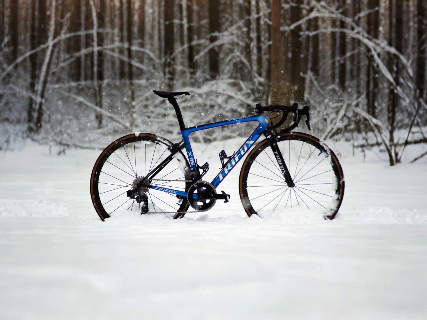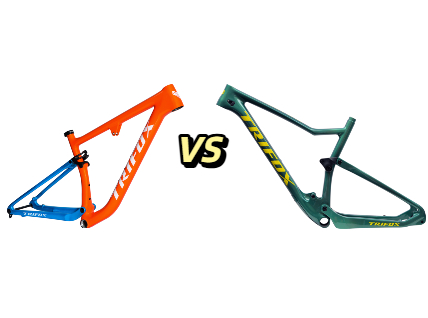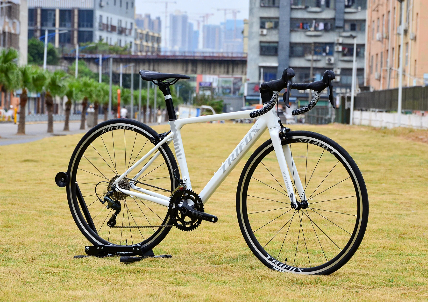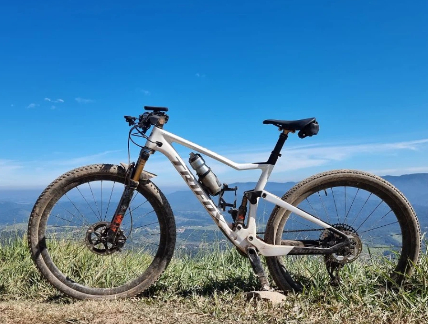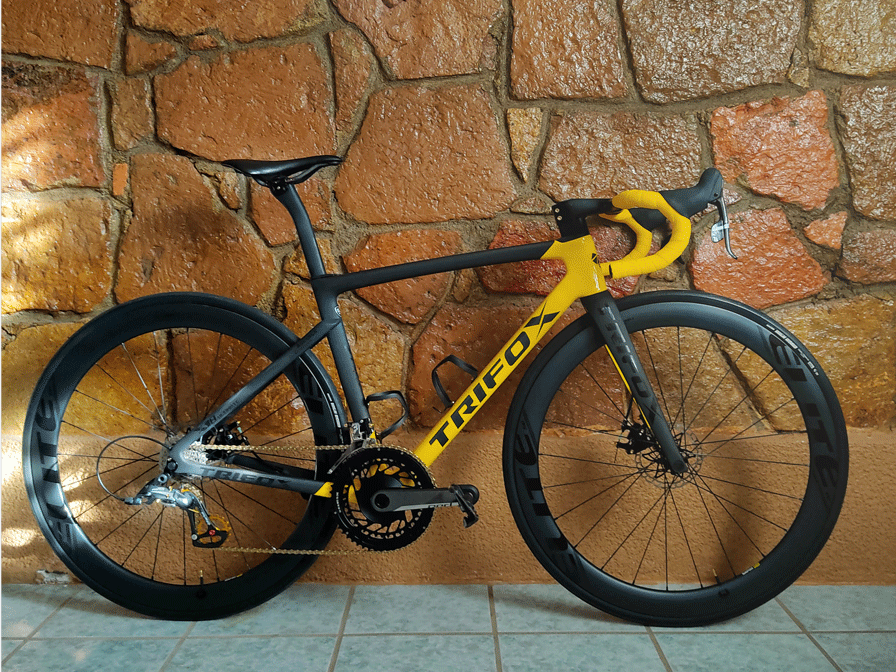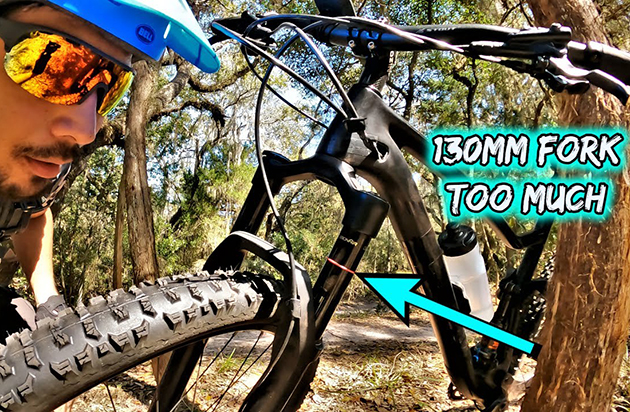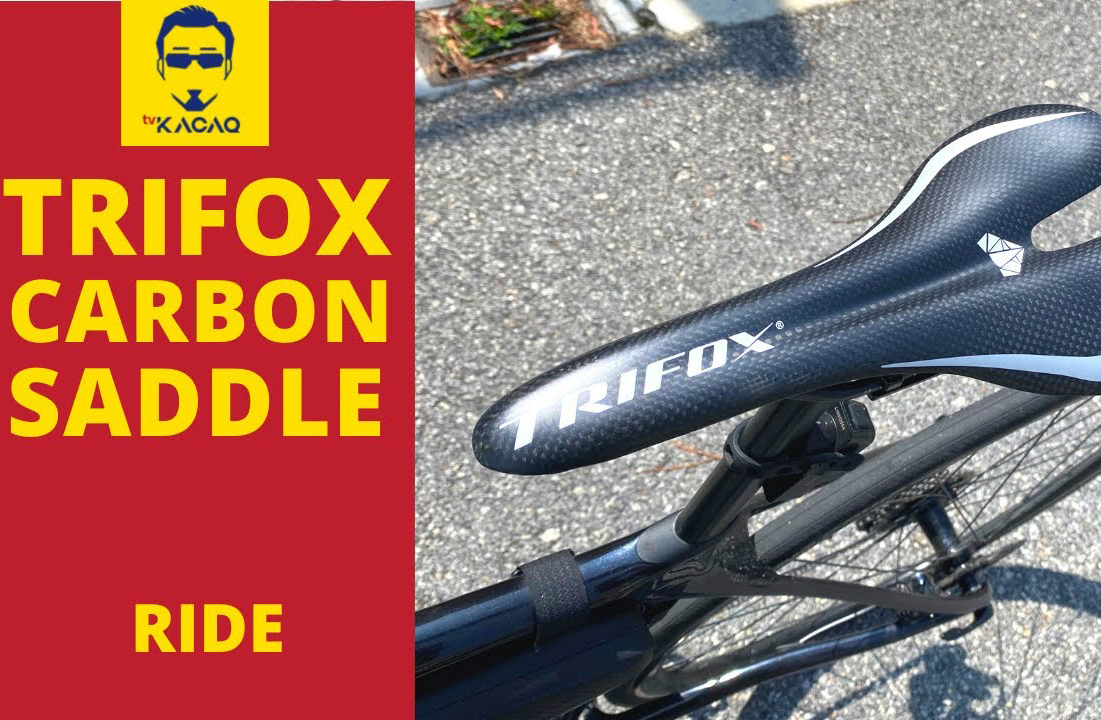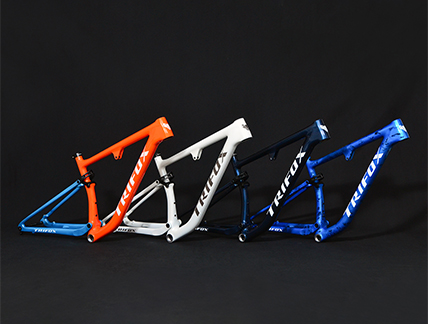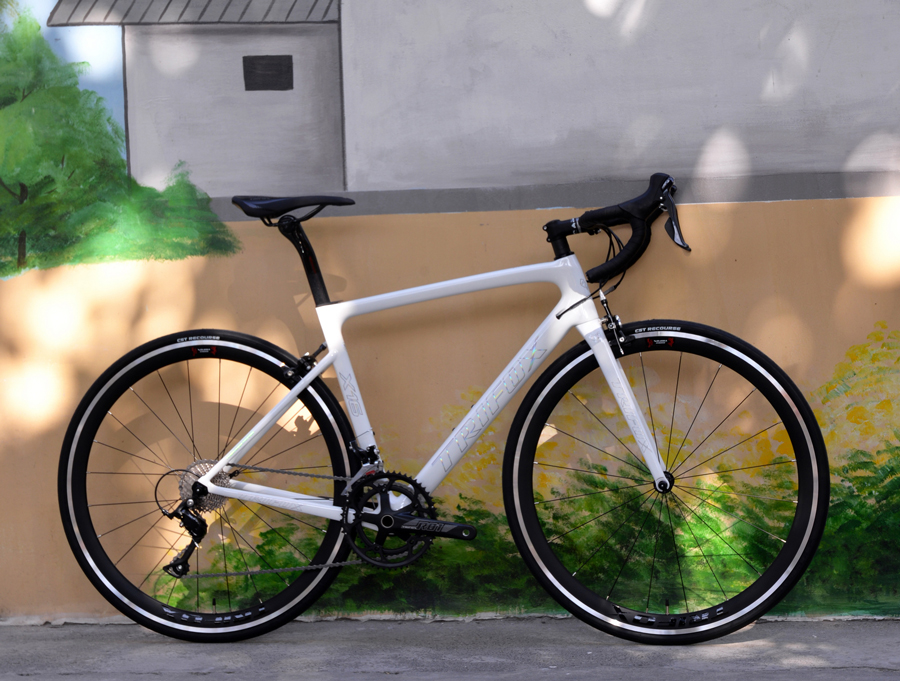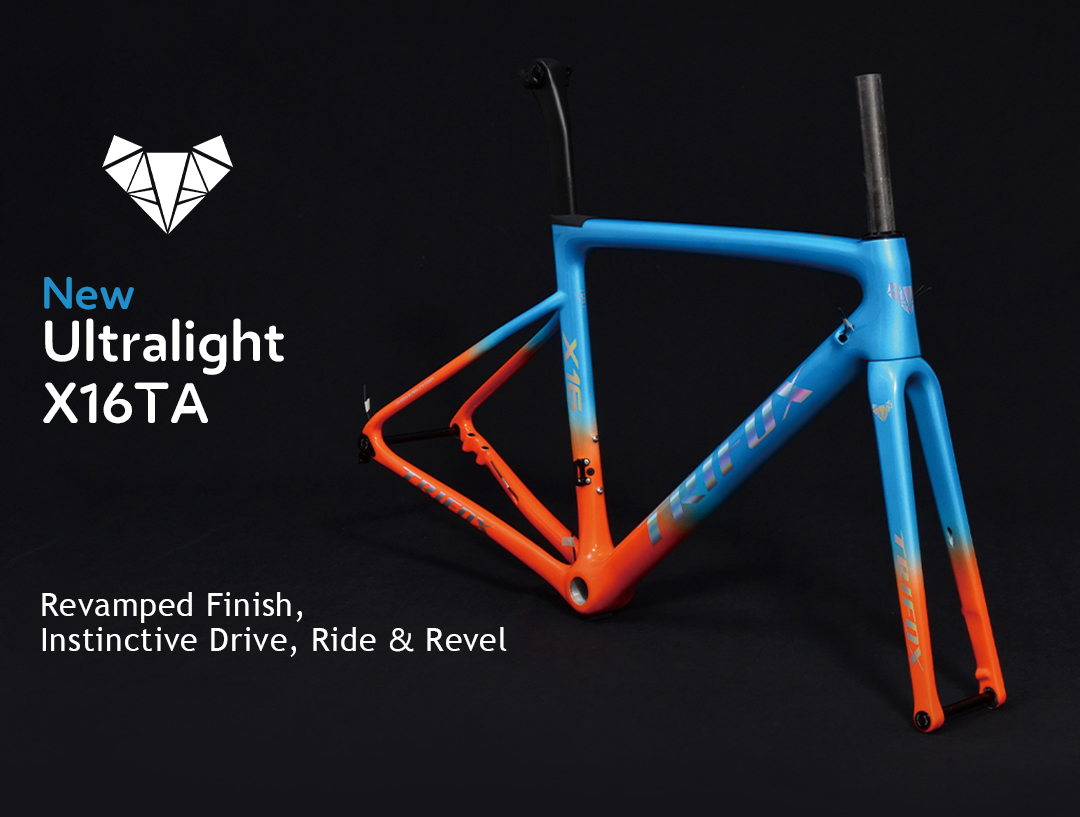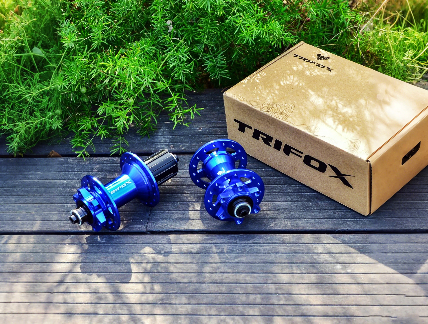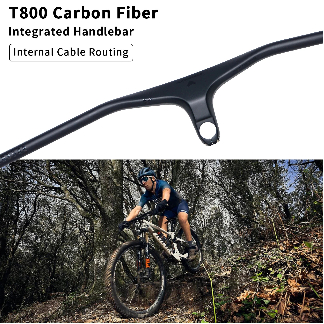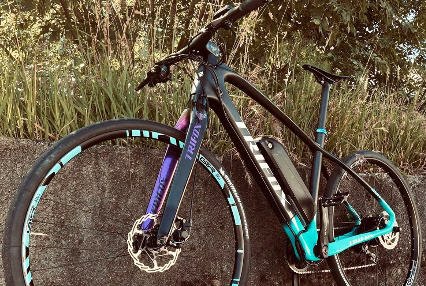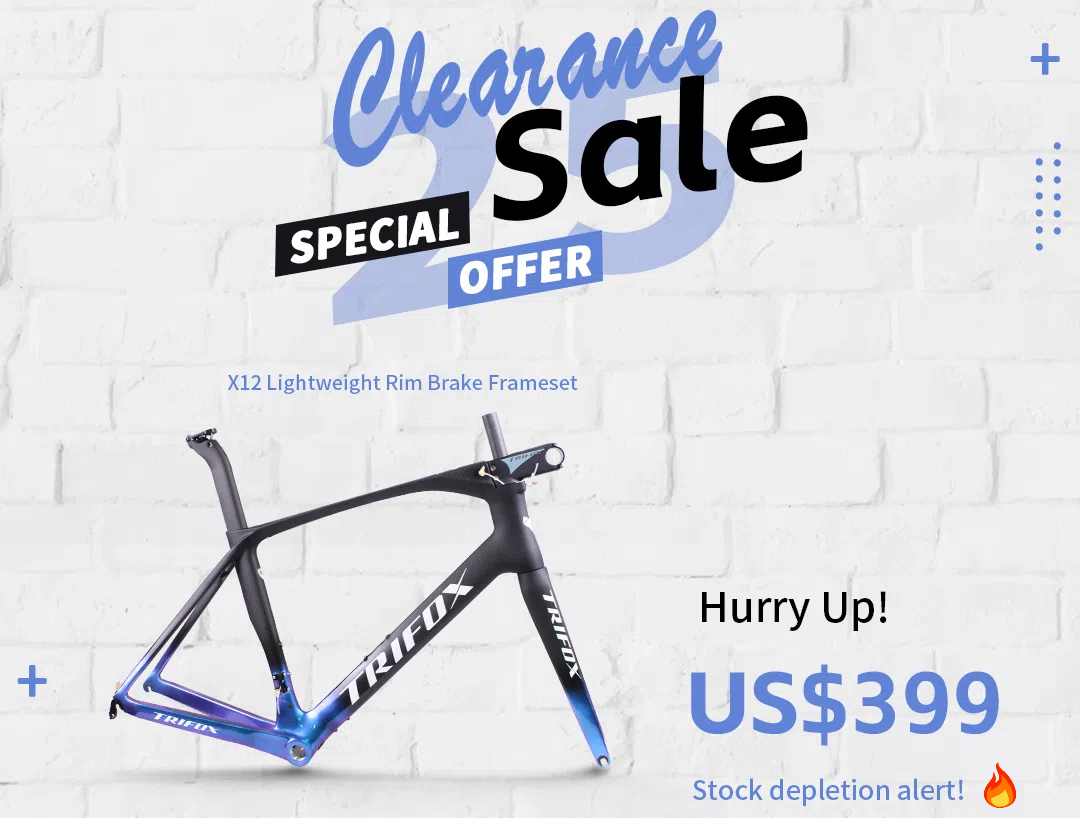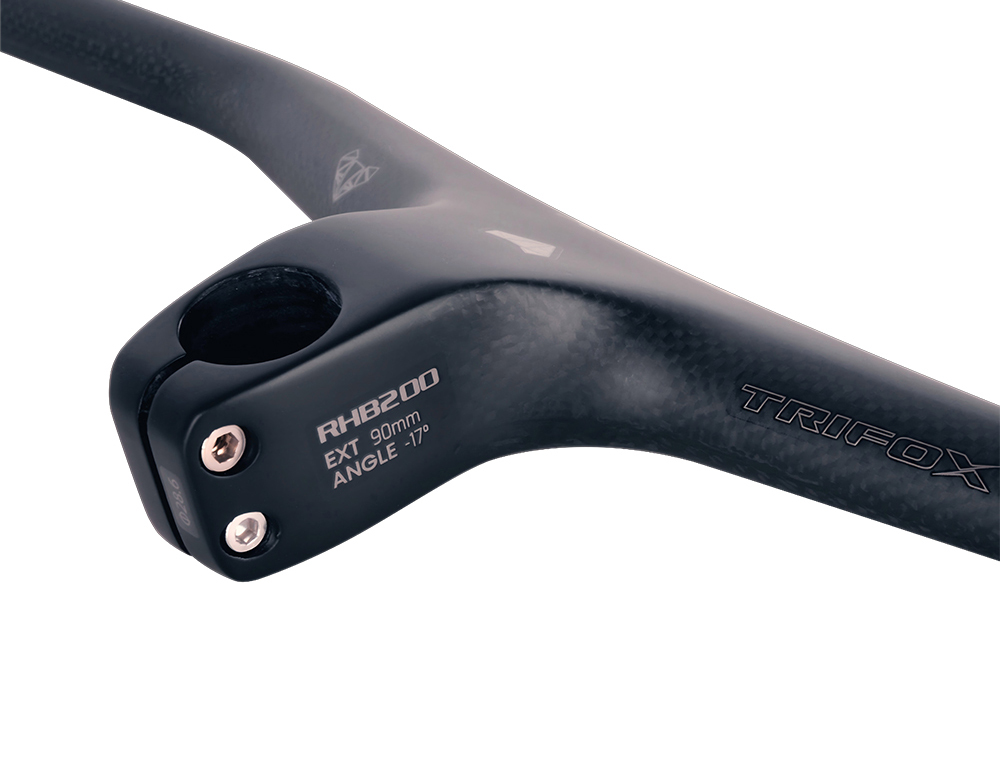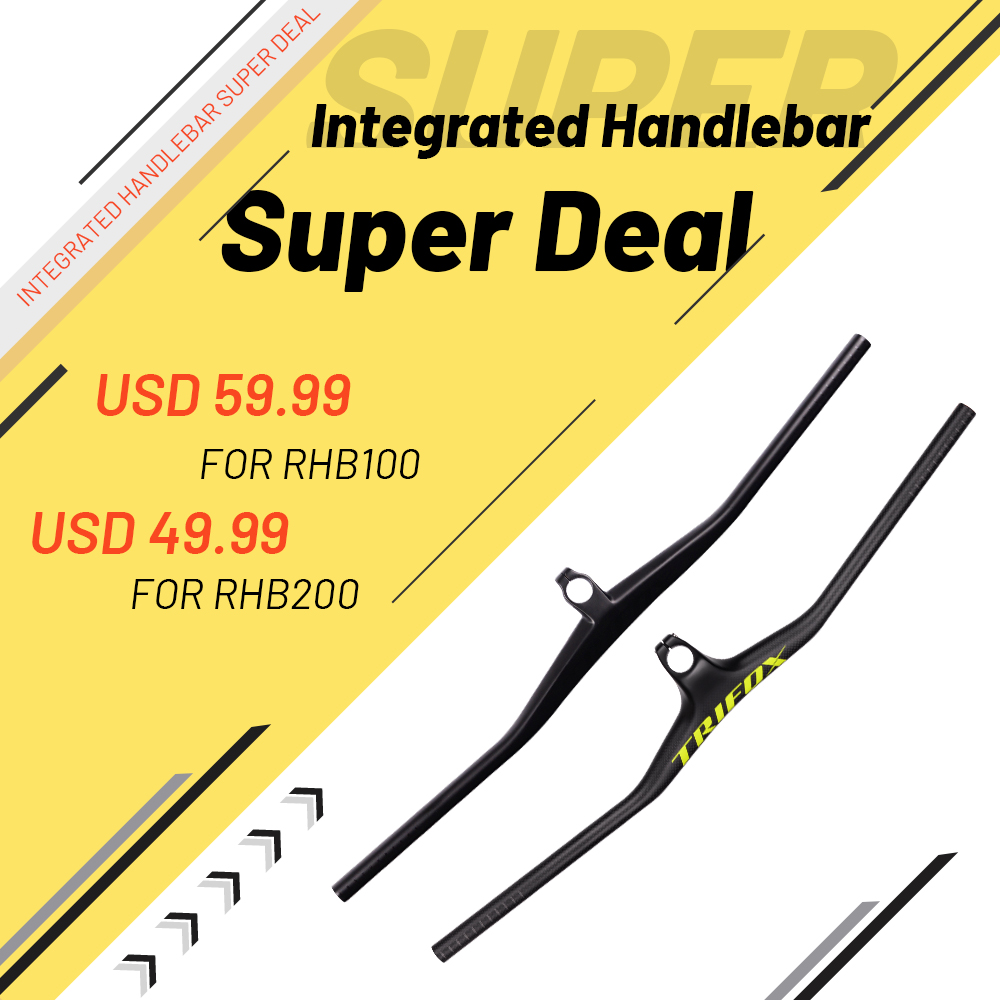Choosing the right handlebar can transform your cycling experience, but with options like flat and riser bars, how do you decide? Let’s break down the key differences, pros, and cons to help you pick the perfect match for your riding style.
Flat Handlebars: Sleek, Simple, and Speed-Focused
Flat handlebars are straight, narrow (typically 600-750mm wide), and position your body leaned forward. This aggressive posture reduces wind resistance, making them ideal for cross-country (XC) riders and commuters prioritizing speed and efficiency. Their minimalist design also saves weight, a bonus for racers.
Pros:
- Lightweight and aerodynamic.
- Precise steering for technical climbs.
- Easy to pair with bar ends for grip variety.
Cons:
- Limited hand positions on long rides.
- Can strain wrists and shoulders due to forward lean.
Riser Handlebars: Comfort and Control for Technical Terrain
Riser bars curve upward (20-50mm rise) and are wider (750-800mm+), lifting your torso for a more upright stance. This improves leverage and control, especially on descents, jumps, or rough trails. They’re favored by trail, enduro, and downhill riders.
Pros:
- Wider grip boosts stability at speed.
- Upright posture reduces back and neck fatigue.
- Better shock absorption on choppy terrain.
Cons:
- Heavier and less aerodynamic.
- Tight turns feel less nimble than with flat bars.
Key Differences at a Glance
1. Riding Position: Flat bars = aggressive/forward; risers = relaxed/upright.
2. Control vs. Speed: Riser bars excel in technical control; flat bars favor speed.
3. Terrain: Flats shine on smooth trails/XC; risers dominate downhill/enduro.
Which Should You Choose?
- Pick flat bars if: You prioritize speed, ride mostly climbs or paved paths, or want a lightweight setup.
- Pick riser bars if: You tackle technical descents, value comfort on long rides, or prefer a more forgiving posture.
Upgrade Tip: For high-quality options, check out Trifox Bike’s MTB handlebar collection. Their carbon riser bars (like the Trifox MTB Carbon Bar) blend durability and vibration damping, while their alloy flats offer budget-friendly performance.
Final Thought
Your handlebar choice hinges on riding style and comfort needs. Test both if possible—sometimes a slight rise or width adjustment can revolutionize your ride.





























































